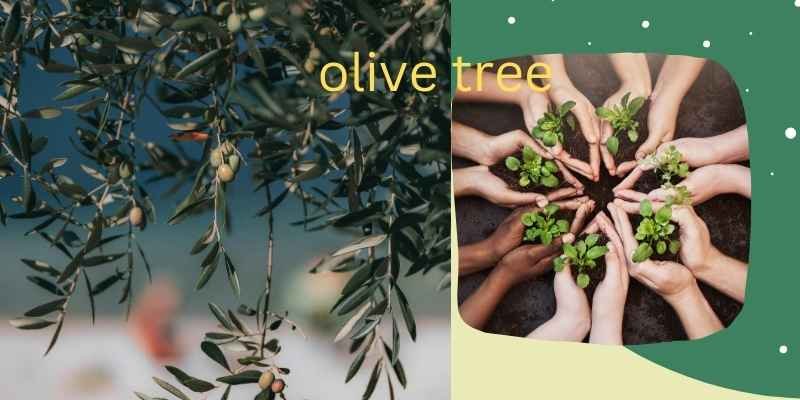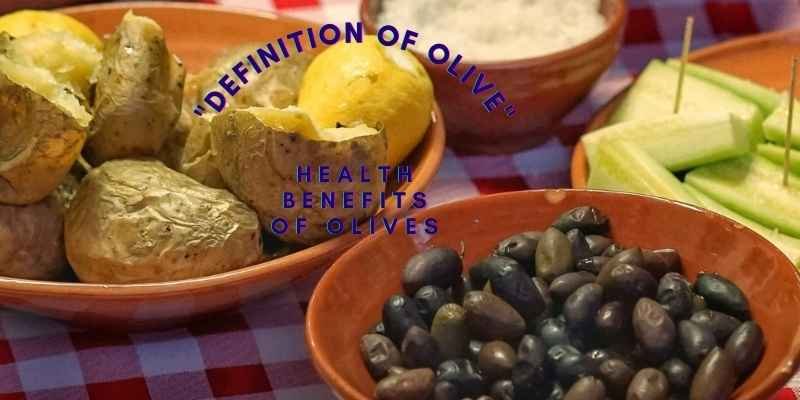What Is Olive? “Introduction to olives”
Updated: 14 Jan 2025
66
The olive is one of the world’s most cherished fruits, steeped in history, culture, and culinary importance. From ancient Mediterranean civilizations to modern kitchens worldwide, olives have remained a staple in diets and a symbol of peace and prosperity. But what exactly is an olive, and why does it hold such significance? This article explores everything about olives – their history, types, cultivation, uses, and health benefits.
1.What Is an Olive?
An olive is a small, oval fruit that grows on the olive tree. The olive tree is an evergreen plant known for its longevity and resilience. The fruit, commonly referred to as an olive, is prized for its oil and as a table fruit.
Olives are classified as drupes, meaning they are fruits with a central stone or pit surrounded by a fleshy exterior. They vary in size, shape, and color, depending on the variety and stage of ripeness. Unripe olives are typically green, while fully ripe ones turn black or dark purple.

2.The History of Olives
Origins
The olive tree’s history dates back thousands of years, with its cultivation believed to have started in the eastern Mediterranean around 6000 BCE. Archaeological evidence suggests that olives were first domesticated in regions that are now Turkey, Syria, and Palestine.
3.Cultural Significa
Ancient Greece
Greek mythology says the olive tree was a gift from the goddess Athena . The Greeks revered the olive and used its oil for lighting lamps, cooking, and religious rituals.
- Rome: For the Romans, olive oil was a vital trade commodity. Olive trees were cultivated extensively throughout the Roman Empire.
- Religious Symbolism: Olives appear in the Bible, Quran, and Torah, often symbolizing peace, prosperity, and divine blessing.
4.Types of Olives
Olives come in a wide variety of types, each with its unique flavor and use. Here are some popular ones:
- Green Olives:
- Harvested before ripening.
- Firm texture with a slightly bitter taste.
- Common varieties: Manzanilla, Picholine.
- Black Olives:
- Fully ripened before harvesting.
- Milder and softer than green olives.
- Common varieties: Kalamata, Mission.
- Stuffed Olives:
- Green olives filled with ingredients like garlic, almonds, or pimentos.
- Popular as appetizers.
- Cured Olives:
- Processed to remove bitterness using methods like brining, dry-curing, or fermentation.
- Examples: Castelvetrano, Nicoise.
5.Cultivation and Harvesting
Growing Conditions
They like sandy, well-drained soil and can survive dry conditions. These trees are very adaptable but need plenty of sunlight to grow well.
Harvesting
Olives are typically harvested between October and January. The method of harvesting depends on the intended use of the olives:
- Table Olives: Picked by hand to prevent bruising.
- Oil Production: Mechanical methods like shaking or raking are used to collect large quantities.
After harvesting, olives undergo processing to remove their natural bitterness, making them suitable for consumption or oil extraction.
6.Uses of Olives
Culinary Uses
Olives are a versatile ingredient in many cuisines worldwide. Here’s how they’re commonly used:
- As a Snack: Both green and black olives are popular as healthy snacks, often served in antipasto platters.
- In Cooking: Olives add flavor to salads, pizzas, pasta, and stews.
- Olive Oil:
- Extracted by pressing olives.
- Used for cooking, drizzling, and frying.
- Common in Mediterranean and Middle Eastern cuisines.
7.Non-Culinary Uses
- Cosmetics:
- Olive oil is a key ingredient in skincare products like moisturizers and soaps.
- Known for its hydrating and anti-aging properties.
- Religious Rituals:
- Olive oil is used in ceremonies and anointing in various religions.
- Medicinal:
- Traditional remedies include using olive leaves and oil to treat wounds and infections.
8.Health Benefits of Olives
Olives and olive oil are packed with nutrients that provide numerous health benefits. Here are some key advantages:

Rich in Antioxidants
Olives contain powerful antioxidants, such as vitamin E and polyphenols, which protect cells from damage caused by free radicals
Supports Weight Management
Heart Health
Olives are rich in healthy monounsaturated fats that can lower bad cholesterol (LDL) and raise go. Regular use of olive oil can reduce the risk of heart diseases.
Olives are low in carbohydrates and high in healthy fats, making them a good addition to weight management diets.
Bone Health
The polyphenols in olives may help improve bone density and prevent bone loss.
Brain Health
The healthy fats and antioxidants in olives support brain function and may help lower the risk of brain-related diseases like Alzheimer’s.
9.Olive Oil: Liquid Gold
Types of Olive Oil
- Extra Virgin Olive Oil (EVOO):
- Made from cold-pressed olives.
- High quality with a robust flavor.
- Virgin Olive Oil:
- Slightly lower quality than EVOO.
- Used for cooking.
- Refined Olive Oil:
- Processed to remove impurities.
- Neutral flavor.
- Pomace Olive Oil:
- Extracted from olive pulp.
- Used in industrial cooking.
10.Benefits of Olive Oil
- Reduces inflammation.
- Protects heart health.
- Promotes skin and hair health.
Fun Facts About Olives
- The average lifespan of an olive tree is 300 to 600 years, but some trees are over 1,000 years old.
- Spain is the largest producer of olives, followed by Italy and Greece.
- Olive trees are drought-tolerant and require minimal water once established.
- The world’s oldest olive tree, located in Crete, Greece, is estimated to be 2,000 to 3,000 years old.
Tips for Enjoying Olives
- Experiment with Flavors:
- Try marinated olives with herbs, garlic, or chili.
- Pair olives with cheese and crackers for a quick snack
2. Cooking with Olive Oil
Use extra virgin olive oil to drizzle on salads and dips.
Use refined olive oil for frying and baking.
3.Storage:
Store olives in their brine or olive oil to keep them fresh.
Keep olive oil in a cool, dark place to stop it from spoiling.
Please Write Your Comments